Risk of food contamination
According to the Vietnam Preventive Medicine Association, Salmonella belongs to the family of intestinal bacteria. Salmonella that causes disease in humans is classified into two types: Salmonella that causes typhoid fever (Salmonella typhi) and Salmonella that causes other diseases (Salmonella non-typhi). Bacteria mainly enter the body through food and drink, including pork. Common poisonings in humans caused by Salmonella are typhoid fever, food poisoning, and hospital infections.
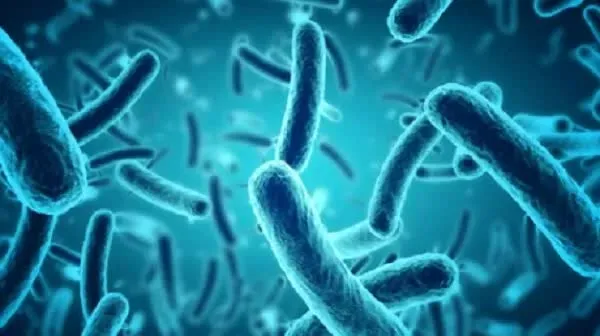
Salmonella bacteria can easily cause food poisoning. Cook food thoroughly and ensure food safety to prevent poisoning.
In the past 10 years (2010 - 2019), a number of individual studies in Vietnam with small sample sizes taken at some local markets, livestock farms, slaughterhouses... showed that the rate of pork contaminated with Salmonella in the market ranged from 20 - 40%. The rate of samples with Salmonella on chicken meat and chicken feces was about 8%. The rate of Salmonella positive in samples taken at hatcheries was 11%, at the point of consumption was more than 36%.
Sources of Salmonella contamination in food can be caused by animals being contaminated before slaughter. Some types of poultry when laying eggs in places with unsanitary conditions, Salmonella bacteria can be present on the eggshell.
According to a food safety expert, Salmonella infection can occur due to unsanitary containers, contaminated water sources, insects, and intermediate hosts (flies, rats). Minced and chopped meats... are favorable conditions for this bacteria to grow if contaminated or improperly stored.
Notably, cold food eaten immediately or food prepared for too long before eating without reheating before eating also has the risk of food poisoning due to Salmonella contamination.
Salmonella is known to cause diseases such as typhoid fever and food poisoning, an infection specialist added. This type of bacteria has been found in raw eggs, undercooked meat, raw vegetables...
Salmonella can be transmitted when a person eats contaminated food or comes into contact with waste from an infected animal or person.
Dirty hands can contain Salmonella bacteria, which is a route of infection for bacteria to enter the body, if hands are not cleaned properly.
Boil food, clean hands to prevent food poisoning
According to food safety experts, controlling Salmonela in food needs to follow the chain, from farms and livestock households through inspection and monitoring of products of animal origin such as eggs, poultry, livestock and fresh products.
Livestock and poultry must be veterinary inspected before slaughter to reduce the risk of meat being contaminated with Salmonella. The slaughter process must ensure hygiene and separate areas to avoid the spread of bacteria, especially infection due to poor facility conditions.
At eating places, to avoid infection, it is necessary to clean utensils, ensure clean water sources, have equipment to prevent insects and rats, and ensure personal hygiene of food handlers. These are simple and effective ways to prevent Salmonella infection.
Do not eat raw or raw food, as these foods have a high risk of being infected with parasites, including Salmonella. In addition, bacteria can also be infected with Salmonella from the hands of the person preparing the food.
Salmonella can be effectively controlled by heat treatment and avoiding cross-contamination; good hygiene practices. Boiling food before eating is the best measure. Note, make sure the inside of frozen food is thoroughly cooked.
Quick view at 12 noon on October 5: Panorama news
Source link




![[Photo] Cutting hills to make way for people to travel on route 14E that suffered landslides](https://vphoto.vietnam.vn/thumb/1200x675/vietnam/resource/IMAGE/2025/11/08/1762599969318_ndo_br_thiet-ke-chua-co-ten-2025-11-08t154639923-png.webp)












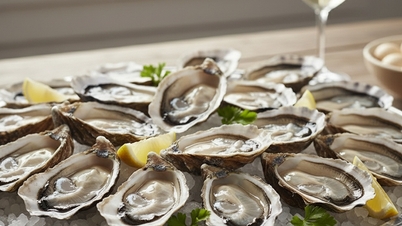







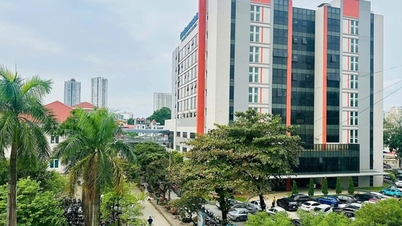

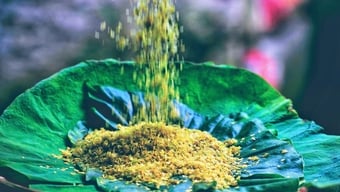














![[Video] Hue Monuments reopen to welcome visitors](https://vphoto.vietnam.vn/thumb/402x226/vietnam/resource/IMAGE/2025/11/05/1762301089171_dung01-05-43-09still013-jpg.webp)




























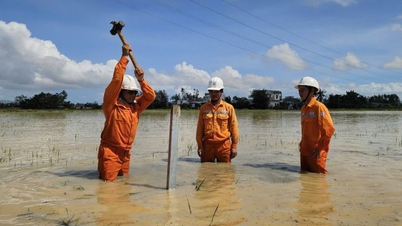








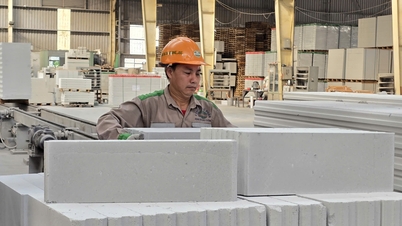
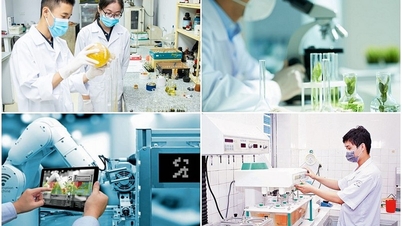








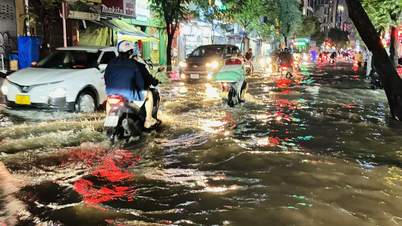
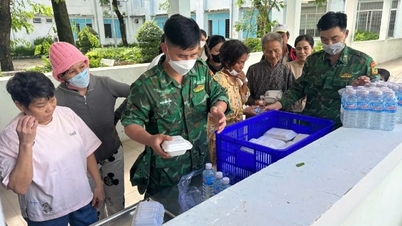

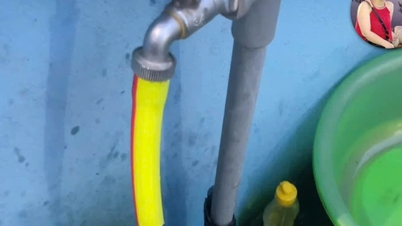










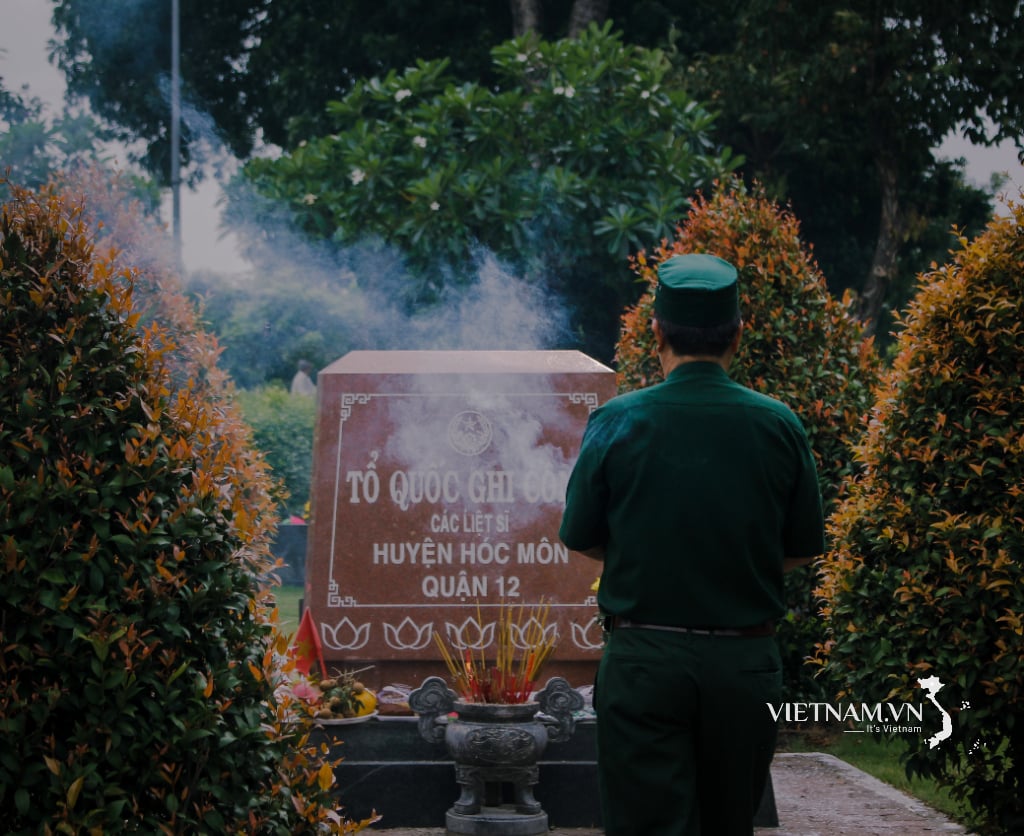



Comment (0)